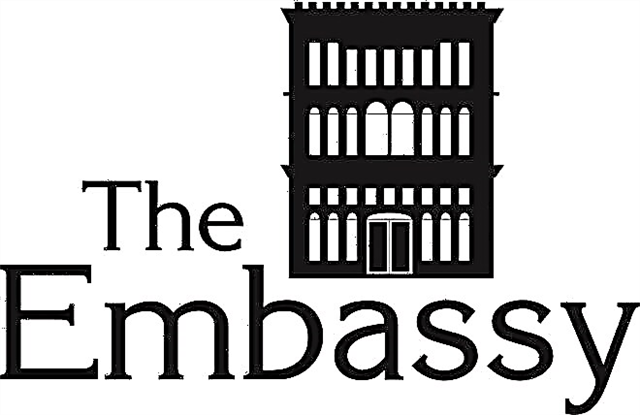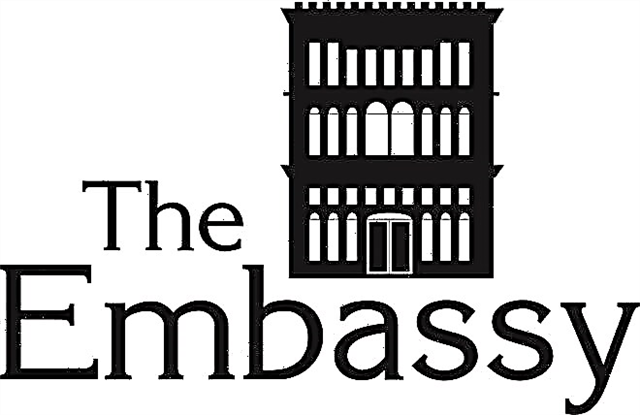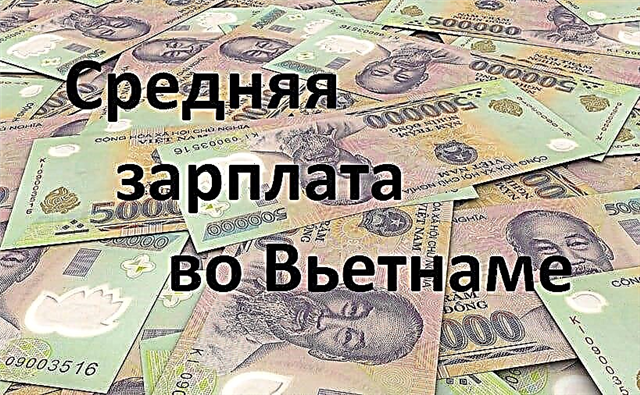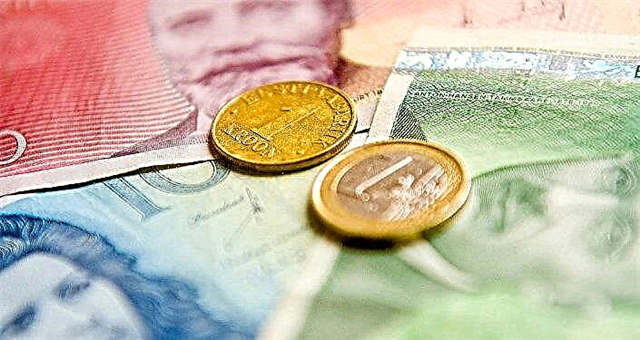The official currency of Estonia since the beginning of 2021 is the euro. It was planned to introduce the European currency in the state in 2007, but this did not work out. The reason is that the inflation rate at that time did not meet the Maastricht criteria. After the country fulfilled all the necessary conditions, the European Union Commission in May 2021 proposed to officially join Estonia to the Tvzone. Then, measures were taken to introduce the euro currency into circulation in this Baltic state.
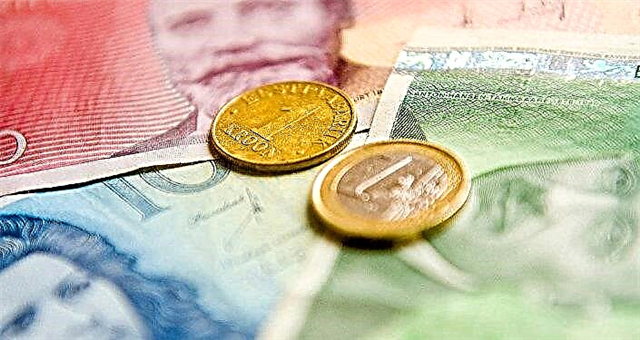
History of money in Estonia
The first official currency in Estonia appeared after the proclamation of the republic in 1918. Following the example of the German currency, it was called the mark. Both coins and banknotes were used as means of payment.
The brand lasted only 10 years. Already in 1928, it was replaced by the Estonian crown. She was in circulation on the territory of the country, first before the republic joined the USSR (1940), and then from 1992 to 2010 inclusive. That is, the Estonian currency before the euro is the krone. And in the Estonian SSR, Soviet money was in circulation - rubles.
After gaining independence, a monetary reform was carried out in the country. It is interesting that a competition for the design of banknotes of various denominations was announced in 1989, when there was still a year and a half left before the collapse of the USSR.
The exchange rate was as follows: 1 crown = 10 rubles. Moreover, one citizen could exchange no more than 150 rubles at a time.
The national currency of Estonia, the krone, was gradually withdrawn from circulation in 2021.
Cashless payments and use of ATMs
The Estonian periodical Delovye Vedomosti has published interesting statistics for the Baltic countries. Cashless payments are preferred by:
- in Lithuania - 21% of cardholders;
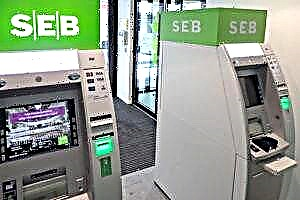
- in Latvia - almost 40%
- in Estonia - 60%.
If we recalculate it for years, it turns out that the Republic of Estonia is 7 years ahead of the other Baltic countries in terms of this indicator. The same publication contains the following data: compared to Estonians, Lithuanians withdraw cash through ATMs twice as much, while residents of Latvia - 1.5 times more.
Thus, cash is less popular in Estonia than in other Baltic states. But to reach the level of other Nordic countries, the Republic of Estonia will need more years.
For example, studies carried out by Swedbank specialists have shown that the share of non-cash payments in Sweden is approximately 80% of all transactions carried out using bank cards.
However, the fact remains: the non-cash payment market in Estonia is growing rapidly. This is facilitated by the safety and usability of plastic cards. In addition, bank cards are accepted for payment even in small trade enterprises of this country.
And further. In Lithuania and Latvia, the average amount withdrawn through an ATM is less than in Estonia. This is explained primarily by the fact that the incomes of the inhabitants of these countries are lower.
The article “Evolution and modernity of currency in Latvia” will tell you about money in the neighboring Baltic country.
Exchange rates in the Republic of Estonia
Although the transition to the euro in Estonia took place 8 years ago, the withdrawn national currency can be changed in 2021 as well. Average conversion rate: 1 Estonian kroon = 0.064 EUR.
As you know, the conditions for conducting transactions in the financial market change so quickly that you can not keep track of them and lose a significant amount of money on the difference in quotations of various currencies.
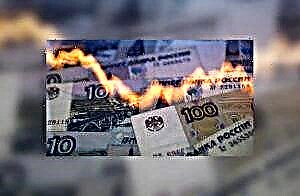 You can find out the exchange rate against the ruble of the euro, kroon and other currencies using any device that has access to the Internet - a laptop, personal computer, cell phone or iPad. It is enough to go to the web resource of the financial institution in which it is planned to exchange monetary units. For example, here is the address of the Swedbank currency quotes page, where individuals can exchange currency.
You can find out the exchange rate against the ruble of the euro, kroon and other currencies using any device that has access to the Internet - a laptop, personal computer, cell phone or iPad. It is enough to go to the web resource of the financial institution in which it is planned to exchange monetary units. For example, here is the address of the Swedbank currency quotes page, where individuals can exchange currency.
You can also find out the exchange rate by watching TV shows on financial topics. You can find out the rate at any exchange office. But, as a rule, in comparison with them in banks, the conversion rate is more profitable.
Take a sociological survey!
Where can I exchange currency
First of all, a tourist can carry out currency exchange in Estonia at bank branches or exchange offices located at bus and railway stations, airports, hotels and shopping centers.
There are a lot of exchange offices in Tallinn, and most of them work around the clock. True, the course is different everywhere. Therefore, before changing rubles or hryvnia, it makes sense to walk around and ask the price.
Also in the capital of Estonia and in any other large Estonian city, there are offices of financial companies specializing in foreign exchange operations - Eurex Capital and Tavid. Almost all banknotes of the world are exchanged here, including Ukrainian hryvnias, Belarusian and Russian rubles.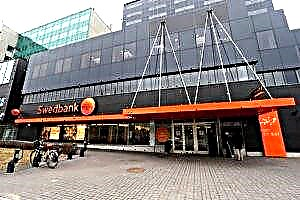
In addition to Swedbank branches, experienced travelers recommend converting currency units to Krediidipank, Nordea, Versonank. The exchange rate in these banks is also profitable.
VAT and Tax Free System
According to Estonian law, part of the money paid for purchases in the country's stores can be returned to the traveler: the holder of the Tax Free check has the right to expect to be paid 20% of the amount spent. Included in the price of the goods and paid VAT, he will receive if the total purchase amount is at least 38.36 euros.
To do this, you need to contact the Cash Tax Free points at Tallinn airport or at customs checkpoints in the cities of Narva, Luhamaa and Koidula.
Tax-free checks are issued by trade enterprises - partners of Premier Tax Free and Global Refund. As a rule, appropriate stickers are placed on the doors of such shops or directly at the checkout.
It should be borne in mind that:
- the purchase must be made in one trade establishment;
- You can return VAT on the purchase of any product. This rule allows you to save a significant amount when purchasing expensive clothing, household appliances or electronics.
The Tax Free system is especially popular in shopping centers located in border towns, in particular in Narva, where residents of nearby Russian settlements are frequent customers.
Nuances of customs currency rules
The customs regulations concerning the movement of currency across the Estonian border are spelled out in the EU regulation no. 1889/2005.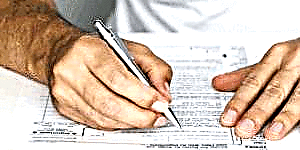 According to it, persons arriving in the territory of the European Union or leaving it must declare the amount they have if it is equal to or exceeds 10,000 euros. That is, without declaring, you can transport a maximum of 9,999 euros.
According to it, persons arriving in the territory of the European Union or leaving it must declare the amount they have if it is equal to or exceeds 10,000 euros. That is, without declaring, you can transport a maximum of 9,999 euros.
This measure is aimed at curbing financial terrorism and money laundering, which should help curb crime and increase the security of the European Union.
If a person crossing the EU border in any direction has more than 10,000 euros in cash or the equivalent in any other currency or traveller's checks, promotions, bills of exchange, he must submit a declaration.
You can submit the declaration electronically three days before crossing the border.
Different rules apply to bank plastic cards. It is not required to declare the funds deposited on the card account, as well as to indicate the source of their origin.
The article “Customs rules when crossing the Estonian border” tells in detail about the customs rules for crossing the border of the country.
Most frequently asked questions
A variety of questions regarding financial transactions are raised on Internet travel forums. Let's consider the most common ones.
- What currency is better to take to Estonia and how much money to bring?
Even those of our compatriots who know what currency is in Estonia, often wonder whether it is better to take dollars with them. But for Russians who have savings in rubles, this is not the best solution to the problem. Due to the additional link of converting rubles into dollars, there will be unwanted losses on the commission fee. Therefore, if you bring currency from home to Estonia, then it is the euro.
In general, the answer to the question of how much money to take to Estonia is formulated as follows: at home, it is better to prepare the minimum amount of euros required for the first time. And the rest of the currency (from a plastic card or cash) can be exchanged as needed directly in the Republic. According to experienced tourists, the minimum budget in Tallinn for one day is 27 euros.

- What is better to take to Estonia - cash or a bank card? Can I pay with a Sberbank card?
For Russians who prefer not to deal with cash, of course, it is best to take on a trip a plastic Eurocard, Mastercard or Visa card. 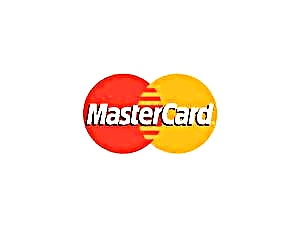 They can be used to pay without any problems in restaurants, shops and hotels of Estonian resorts and large settlements. This decision is also supported by the fact that an amount close to the one set by the Russian Central Bank will be charged for the conversion.
They can be used to pay without any problems in restaurants, shops and hotels of Estonian resorts and large settlements. This decision is also supported by the fact that an amount close to the one set by the Russian Central Bank will be charged for the conversion.
Travelers planning to spend time in the hinterland of the Republic of Estonia should have cash with them. Although modern Estonians are big adherents of innovative technologies, in towns far from the center of the country it is easier to buy food and pay for services with cash.
As for using a Sberbank card for payments, in Estonia it is quite possible. But in order to minimize financial losses, purchases should be paid using a plastic payment document such as MasterCard, since the euro currency is placed on its account.
When making payments using a Visa card from Sberbank, the dollars accumulated on her account will be converted into euros. And for this operation, a commission is charged.
The same additional conversion will take place when using the Sberbank ruble card.
Conclusion
Currently, the national currency of the Republic of Estonia is the euro. The final transition to a single currency for the EU states took place in 2021.
But even today, the withdrawn from circulation Estonian kroon can be exchanged for the euro currency at the rate of 1 EEK = 0.064 EUR.
Exchange offices operate in almost all districts of large cities in Estonia. However, before proceeding with the conversion procedure, you should study the proposals and choose the optimal one - the course can be very different.





